Cat Reverse Sneezing After Eating
But it can also occur if a cat eats or drinks too quickly. Reverse sneezing is common to terrier breeds.
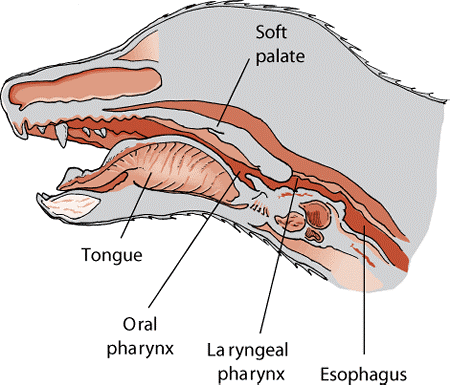
Mitchell Veterinary Services Explains What A Reverse Sneeze Is
A reverse sneeze is a reflex to send air in the other direction, i.e.

Cat reverse sneezing after eating. Wet sneezing may yield clear liquid, mucus, blood, or other fluids. The exact origin of a reverse sneeze is not known, however, any irritation in the back of the throat, such as dust, pollen, smoke, odor or other irritation, can produce a bout of reverse sneezing. This type of sneezing is not done by humans, so witnessing it can be scary for pet parents.
Reverse sneezing can be set off by allergies, excitement, irritants such as dust, drinking, eating quickly or anything else that has caused the back of the throat to swell. Reverse sneezing is a rapidly repeating pattern of inhalation and exhalation in attempt to remove allergens and irritants from the nasal passages. The diaphragm, intercostals and abdominals.
Also, if the sneezing causes congestion that affects her appetite, since cats eat primarily in response to the smell of their food, a treatment regime may need to be established by a vet. When a cat reverse sneezes, they usually throw their head back with their mouth closed and lips tucked in. Treating the dental disease, either by extraction of the affected tooth or closure of the abnormal hole, will typically alleviate the sneezing unless the issue has progressed to the feedback loop of chronic rhinitis.
This posture has the back bent and neck stretched out in a way which looks uncomfortable. After the pet exhales through the nose, the sneezing usually stops. The vets prescribed antibiotics which worked instantly and stopped the sneezing however after a month or so it comes back.
The sound this makes is definitely disconcerting, especially if you’ve never heard it before and can prompt panic. Other possibilities would be a foreign object, as small as a misplaced particle of dust or litter from her recovery room, although not likely. With dogs at least, you can stop the reverse sneezing attack by pushing gently on the bridge of their nose (between their eyes) or stroking their throats.
Brachycephalic and small cat breeds are most at risk, but reverse sneezing can happen to. This sounds bad but really isn’t. Reverse sneezing is caused by a spasm of the throat and soft palate that is triggered by an irritant.
You might ask your vet about whether any of this holds true with cats, too. The calicivirus also can cause a transient shifting leg arthritis.if i see a cat that is lame in one leg and then a few days later is lame in a different leg and has. A cat may sneeze rarely or continuously.
Reverse sneezing is a rapidly repeating pattern of inhalation and exhalation in attempt to remove allergens and irritants from the nasal passages. Though it’s not a disease, per se, this episodic disorder is frightening and frustrating enough to merit. This is probably a foreign body in the nasal cavity that is causing great pain and discomfort.
If, however, the sneezing causes any kind of discharge from her nose, she may have an upper respiratory infection and should be seen by a veterinarian. Reverse sneezing is a way for cats to clear irritants from the back part of their throat or nasopharynx. When the cat eats, food material can enter the nose, triggering the sneeze reflex.
My puppy is 8 months & neutered. Much like snorting, a reverse sneeze can be triggered by allergens, dust, or other irritants that affect the pharynx and soft palate. He might be eating to fast??
The characteristic noise produced by this act, similar to a rapid snore, is due to the vibration of the soft palate and the passage of air through the trachea. The back of the throat is where the nasal cavity opens into the oral cavity. Even though it didn't begin until after her surgery and tooth removal, it's still very likely associated to the dental impact on her sinuses.
Small and brachycephalic breeds are more prone to the condition than other dogs. Try hand feeding to see if he reacts the same. Additionally, foreign material like a plant awn (foxtail, etc.) or a blade of grass can be cleared during sneezing.
Reverse sneezing appears alarming, but it’s also actually quite normal and isn’t a cause for concern on its own. He always sneezing when he lays upside down. Cat reverse sneezing after eating.
When a cat reverse sneezes in quick succession, it can give the impression they choking, having an asthma attack or even vomiting. Reverse sneezing in chihuahuas dog coughing, dog care reverse sneezing (also called backwards sneezing or inspiratory paroxysmal respiration) is a phenomenon observed in dogs,. Normal sneezing causes the cat’s head to go forward, whereas reverse sneezing causes it to go backwards.
Some common causes of reverse sneezing are overexcitement, eating, drinking, exercise, foreign objects in the throat, nasal mites, and allergies of all kinds. The vets prescribed antibiotics which worked instantly and stopped the sneezing however after a month or so it comes back. Reverse sneezing usually doesn’t last any more than a minute.
A reverse sneeze in cats is caused by a spasm of the muscles responsible for drawing air into the body: Reverse sneezing is a fairly common respiratory event in dogs, but is rarely seen in cats. She eats and drinks just fine and is super playful and loveable.
Some cats may also “reverse sneeze,” which sounds a bit like a honking noise and looks like a sneeze or a coughing fit. If sneezing is forcefully expelling air out through the nose, then reverse sneezing is forcefully sucking air in through the nose. However, you should keep an eye on her just to be sure the sneezing doesn’t continue.
The noise that cats make when doing this can be described as snorting. Cats sneeze excessively when their nose is irritated or blocked with an excess of mucus. Reverse sneezing, also referred to as “backwards sneezing,” “pharyngeal gag reflex” or “inspiratory paroxysmal respiration” is a very common observation in dogs and, while not nearly as widespread, may occur in cats as well.
This is because the cat makes choking noises and they adopt a particular posture when reverse sneezing. Many dental problems like an abscess can be behind sneezing. Certain breeds with flat faces, such as pugs or bulldogs, have extra tissue in their pharynx region and seem very susceptible to reverse sneezing as they can irritate their soft palate while inhaling.

Dog Sneezing A Lot Causes Of Sneezing In Dogs Treatments Dogsfud Dogs Dogshealth Dogsfood Dogsbreed Dog Sneezing Dog Treatment Dog Allergies
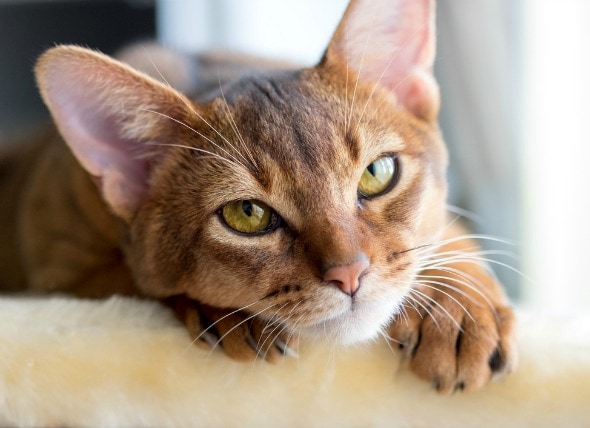
Sneezing Reverse Sneezing And Gagging In Cats Petmd
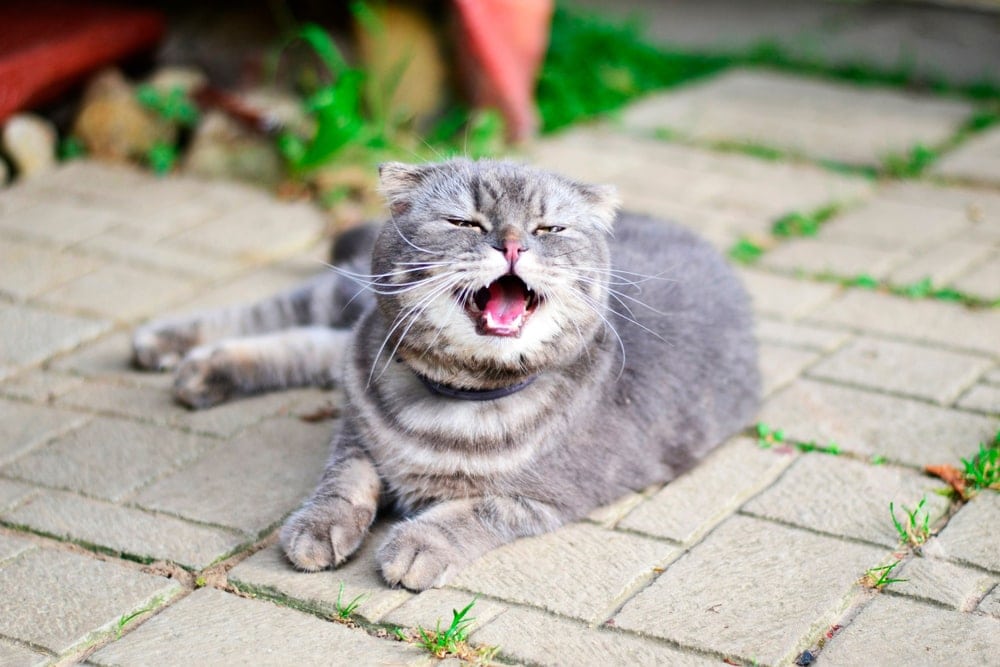
Cats Reverse Sneezing Is It Dangerous Petsoid

Cat Sneezing Explained
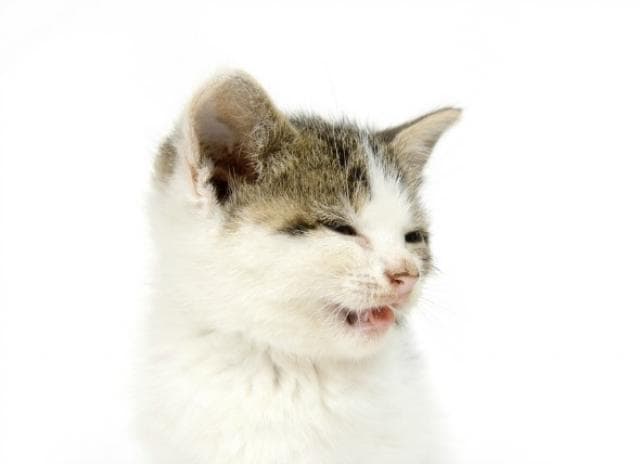
Sneezing Reverse Sneezing And Gagging In Cats Petmd

Cat Sneezing Causes And When Its A Concern Caring Hearts Animal Hospital
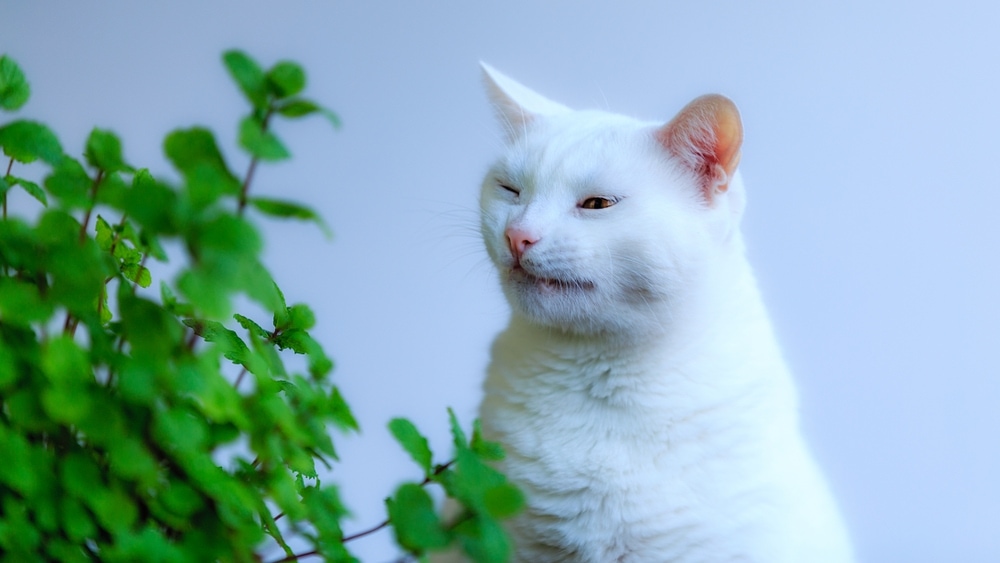
Cats Reverse Sneezing Is It Dangerous Petsoid
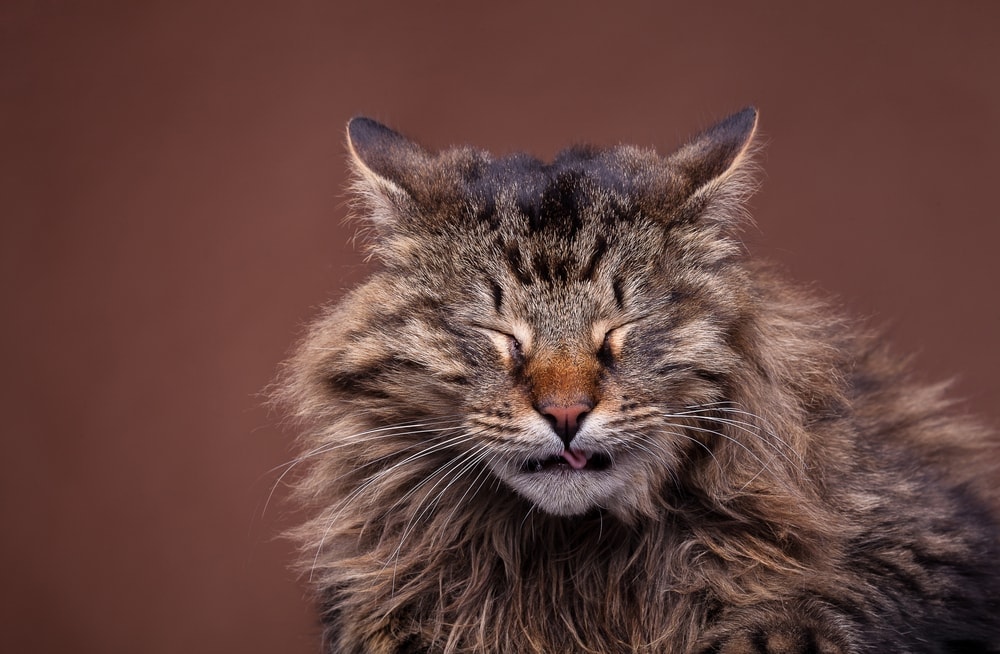
Cats Reverse Sneezing Is It Dangerous Petsoid
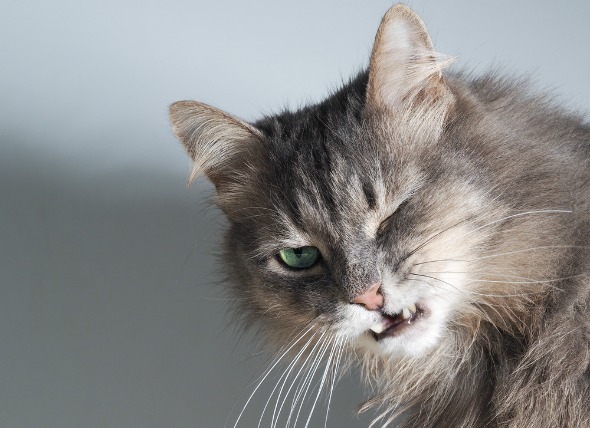
Sneezing Reverse Sneezing And Gagging In Cats Petmd

Symptoms Cat Clinic Of Issaquah
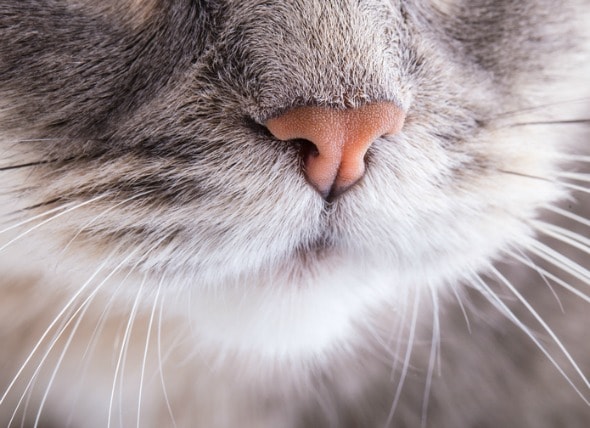
Sneezing Reverse Sneezing And Gagging In Cats Petmd
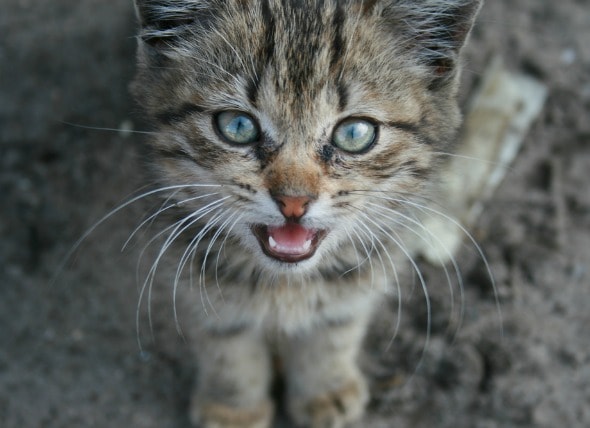
Sneezing Reverse Sneezing And Gagging In Cats Petmd

Bpmynkor1_phnm

Reverse Sneezing In Dogs Is It Dangerous - Waggy Tales Reverse Sneezing In Dogs Dog Sneezing Dog Advice

National Heartworm Awareness Month 6 Signs Your Dog Might Have Heartworm - Dogtime Dog Sneezing Reverse Sneezing In Dogs Dog Cat

Cat Reverse Sneezing - Youtube
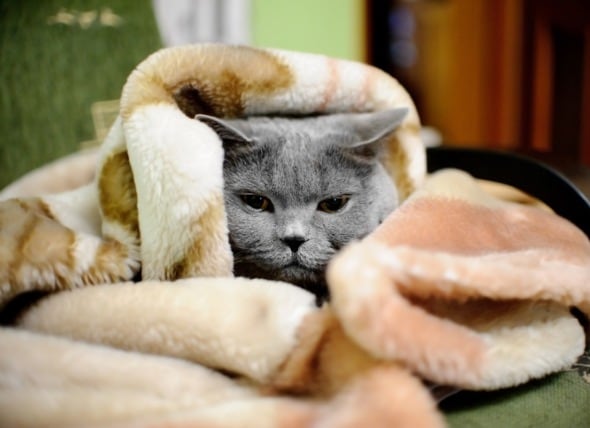
Sneezing Reverse Sneezing And Gagging In Cats Petmd

Can Cats Eat Raw Chicken Is It Safe And Can It Do Them Good Eating Raw Chicken Raw Chicken Eating Raw
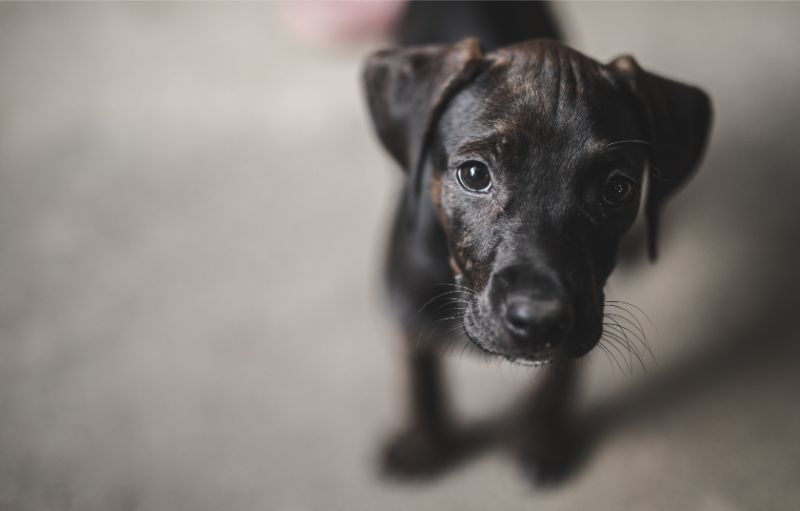
The Reverse Sneeze What It Is And When To Worry Lone Tree Veterinary Medical Center Lone Tree Veterinary Medical Center